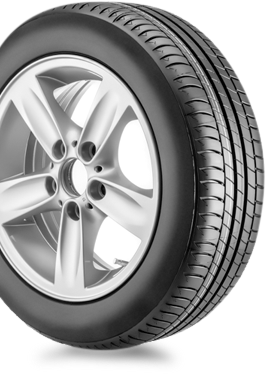Have your antifreeze fluid changed and Cooling System flushed every 30,000 miles or 2 years. Newer formulas, however, may last up to 50,000 miles. To check coolant level, turn the car off and wait for the engine to cool. Locate the coolant reservoir (usually a translucent plastic tank) and eyeball the level of the coolant against the full and low indicators.
Just like human beings, the car needs to dissipate heat in order to avoid overheating and exhaustion. During combustion, the engine produces large amount of heat – about 4,000 degrees Fahrenheit. This is too much for the engine to bear so a cooling system is needed to keep it at a normal temperature. Cars usually overheat due to a damaged part in the cooling system, especially the radiator, the heart of the cooling system. It is therefore necessary that all its auto parts must be in proper working condition to ensure that the whole system works efficiently.
Aside from the radiator, the cooling system is composed water pump, freeze plugs, head gasket, thermostat, hoses, heater core, fan clutch and radiator fan. All these auto parts have special roles to perform thus the absence of one could significantly affect the whole cooling process and of course, the engine’s performance. Take for example the hose, this may seem to be just an ordinary part but once broken, the coolant can escape and so it’s no longer possible for the system to cool the engine. Even just the cap of the radiator is important. It holds the pressure in the cooing system; thereby, affects its stability.
How does the cooling system of your car work? The coolant, which is a mixture of anti-freeze and water, is the one that absorbs the heat from the engine. It is drawn by the water pump from the radiator and is pumped through engine block and the cylinder head to absorb the heat from the engine and its parts. It goes back to the receiving tank of the radiator through the radiator hose. The radiator has tubes that contain large amount of water and has fin area to allow outside air to pass through. As the coolant spreads over the top of the radiator tubes, it transfers heat to the air.
The performance of your car is greatly dependent on your cooling system. No matter how gutsy its engine is, it can’t work normally without a cooling system. The engine can even be inutile in an instant if it overheats and all other auto parts under the hood can also be damaged. They could melt as the engine burns the fuel inside the combustion chamber and the pistons in the cylinder could expand extremely that they can no longer move to complete the whole process in the engine.
Your car can possibly overheat as well. Engine overheating is one of the most common problems auto users encounter. You can avoid this by adding water to your radiator. So if you notice a problem on a particular part in your cooling system, consult the best auto mechanic in town. But if you think the problem is worst, you may as well replace it right away.

